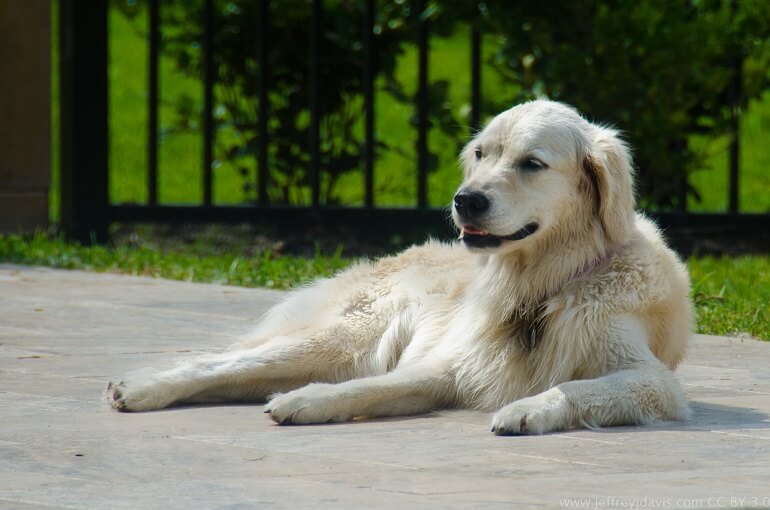How Much Food for 60 lb Dog
An adequate diet is essential to the health and well-being of our dogs, and knowing how much food a 60 lb dog can provide is essential for optimal care. Dogs, especially those weighing 60 pounds, need a well-balanced diet to sustain their vitality, help muscle development, and ensure overall health.
Proper dog nutrition involves more than just filling their bowls. It means feeding them the right amount of food that meets their needs based on age, activity level, and health conditions. Understanding these factors for a 60-lb dog helps determine the correct portion sizes to prevent underfeeding, which can lead to nutritional deficiencies, or overfeeding, which may cause weight gain and related health issues.
Knowing how much food to give a 60 lb dog also impacts their daily calorie intake, which varies depending on whether they eat dry kibble, wet food, or a homemade diet. Each type of food has different caloric densities, affecting how much you should feed them to maintain their ideal weight and health.
By realizing the significance of a healthy diet and learning to calculate and adjust food portions accordingly, you can ensure your 60-lb dog receives the right nourishment for a healthy and active life.
Understanding Dog Food Requirements for how much food for 60 lb dog
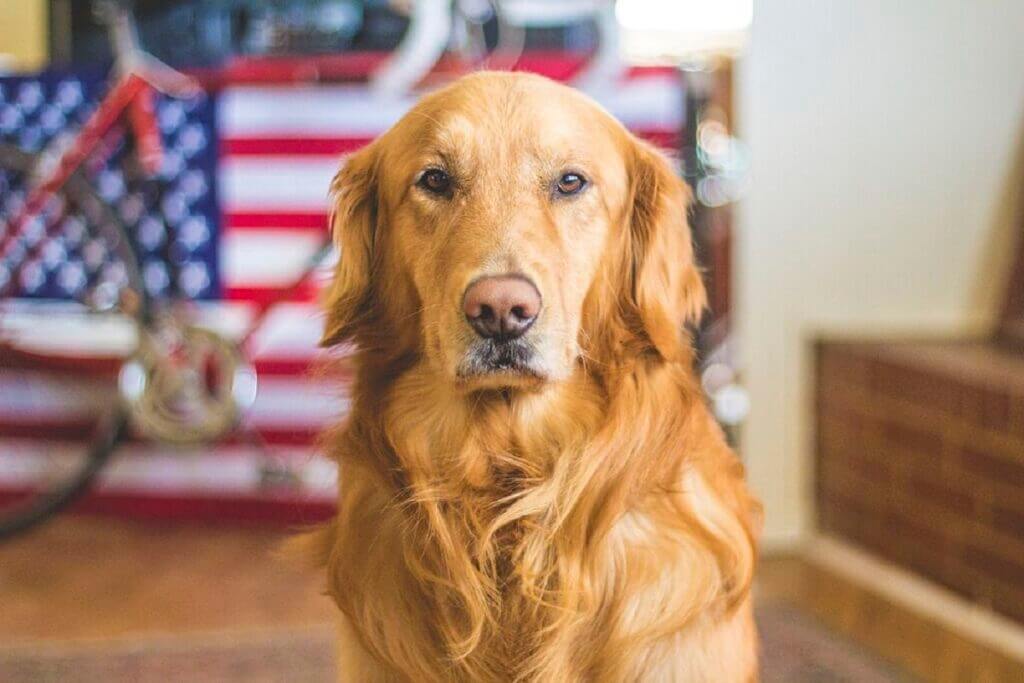
Factors Affecting Dog Food Quantity
Age: A dog’s age greatly impacts how much food they need. Generally speaking, puppies need more food than older dogs because they grow rapidly and need extra nutrients. Adult dogs need a balanced amount to maintain their energy levels and weight, whereas older canines may require less food due to decreased activity levels and slower metabolism.
Activity Level: A dog’s activity level also influences their food needs. Active dogs that run and play a lot need more calories and nutrients to fuel their energy. Moderately active dogs need a balanced amount of food to maintain their weight. Sedentary dogs, who are less active, require fewer calories to avoid weight gain.
Health Conditions and Special Dietary Needs: If a dog has specific health conditions or dietary needs, such as allergies, diabetes, or kidney disease, their food requirements may differ. Special diets might be necessary to manage these conditions effectively.
General Feeding Guidelines for Dogs
Daily Calorie Requirements Based on Weight: Dogs need a certain number of calories daily based on weight. You can calculate a 60-lb dog’s daily calorie needs using dog food packaging guidelines or consulting a vet. Typically, a dog of this size will need roughly 1,200–1,500 calories daily, based on its activity level.
How to Adjust Feeding Amounts Based on Dog’s Lifestyle: Adjust the feeding amounts according to your dog’s lifestyle. If your 60-lb dog is more active, you might need to increase its food slightly to meet its higher energy needs. Conversely, if it is less active or overweight, you should reduce its food intake to help manage its weight.
By considering these things, you can understand how to meet your dog’s unique nutritional needs and provide the right amount of food for its health and well-beingg.
Calculating the Right Amount of Food
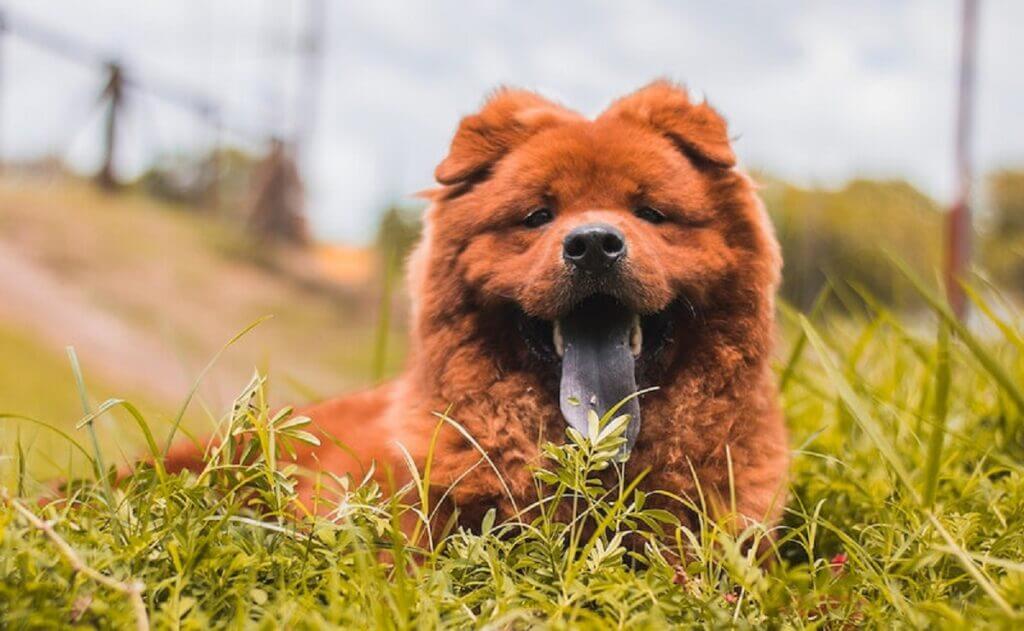
Determining Caloric Needs for a 60 lb Dog
Using the Formula: Resting Energy Requirements (RER) and Daily Energy Requirements (DER): To calculate how much food your 60 lb dog needs, start by determining their Resting Energy Requirements (RER). The formula for RER is:
| alculation Type | Formula | Example (60 lb / 27 kg Dog) | Result (Approx.) |
|---|---|---|---|
| Resting Energy Requirement (RER) | RER=70×(Body Weight in kg)0.75RER = 70 \times (\text{Body Weight in kg})^{0.75} | 70×(27)0.7570 \times (27)^{0.75} | 1,394 calories/day |
| Daily Energy Requirement (DER) – Sedentary | RER×1.2RER \times 1.2 | 1,394×1.21,394 \times 1.2 | 1,673 calories/day |
| Daily Energy Requirement (DER) – Moderately Active | RER×1.5RER \times 1.5 | 1,394×1.51,394 \times 1.5 | 2,091 calories/day |
| Daily Energy Requirement (DER) – Active | RER×1.8RER \times 1.8 | 1,394×1.81,394 \times 1.8 | 2,511 calories/day |
Converting Calories into Food Volume
Reading Dog Food Labels for Calorie Content: Check your dog food packaging for the calorie content per cup or serving. This information tells you how many calories are in each portion of food.
Translating Calories into Cups or Servings: Use the calorie information to determine how much food to give your dog. For example, if your dog food contains 400 calories per cup and your dog needs 2,091 calories daily:
| Calculation Type | Formula | Example Calculation | Result (Approx.) |
|---|---|---|---|
| Cups Needed per Day | Cups Needed = Total Calories / Calories per Cup | 2,091 calories / 400 calories per cup | 5.2 cups per day |
Adjust the amount based on your dog’s exact calorie needs and monitor their weight and health to ensure they get the right amount. These procedures will allow you to calculate how much food to feed your 60-lb dog to meet its nutritional needs.
Types of Dog Food and Their Impact on Portion Size
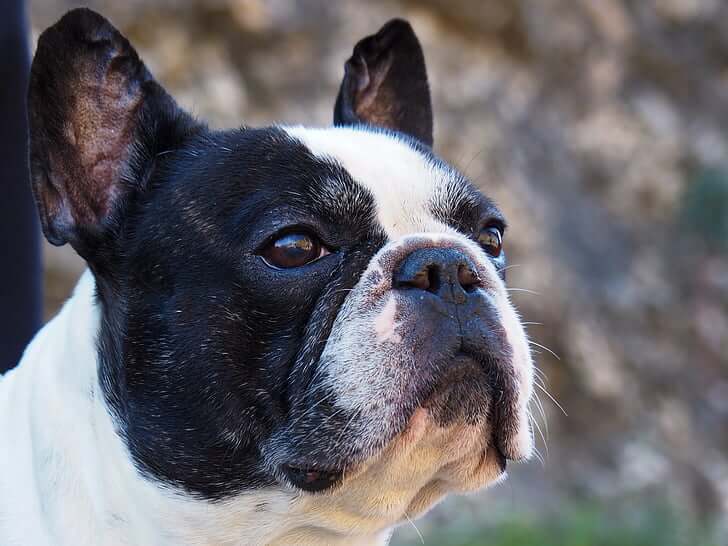
Dry Kibble
Typical Caloric Density: Dry kibble usually has a higher caloric density than wet food. On average, dry kibble contains around 300 to 500 calories per cup. The exact amount depends on the brand and formulation. This means you generally need to feed less kibble by volume to meet your dog’s calorie needs.
How to Measure Portions Accurately:
- Use a measuring cup to portion your dog’s kibble to ensure it gets the right amount of food.
- Observe the feeding recommendations on the dog food container and adjust them based on your dog’s specific caloric needs.
- Regularly check your dog’s weight and adjust the portions if necessary.
Wet Food
Caloric Density Differences from Dry Food: Wet food typically has a lower caloric density than dry kibble, ranging from 200 to 400 calories per can or serving. This means you might need to feed your dog more wet food to meet its daily calorie requirements compared to dry kibble.
Adjusting Portions Accordingly: Since wet food has fewer calories per serving, you’ll need to adjust the amount given. For example, if your dog needs 2,091 calories per day and wet food provides 300 calories per can:
| Calculation Type | Formula | Example Calculation | Result (Approx.) |
|---|---|---|---|
| Cans Needed per Day | Cans Needed = Total Calories / Calories per Can | 2,091 calories / 300 calories per can | 7 cans per day |
Follow the feeding recommendations on the wet food packaging and adjust them according to your dog’s needs.
Homemade Diets and Raw Food
Measuring Homemade Meals: When preparing homemade meals or raw food, accurately measure ingredients to ensure balanced nutrition. Use a kitchen scale to weigh meat, vegetables, and other components to meet your dog’s specific calorie and nutrient needs.
Importance of Balanced Nutrition: To support your dog’s health, homemade and raw diets must be nutritionally balanced. Consult a veterinarian or pet nutritionist to create a diet plan that includes all essential nutrients and meets your dog’s caloric requirements. Incomplete or unbalanced diets can lead to health issues.
By understanding how different types of dog food affect portion sizes, you can better manage your dog’s diet to ensure they receive the right amount of nutrients and calories.
Feeding Guidelines Based on Dog Food Brands
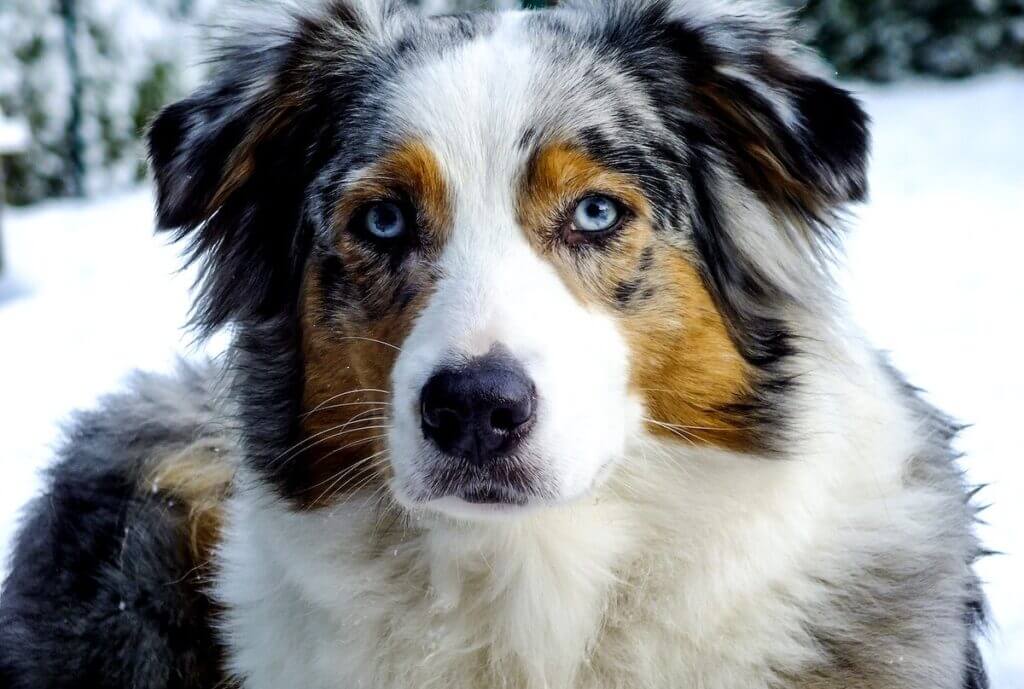
Popular Brands and Their Recommendations
Brand A: Specific Feeding Guidelines for a 60 lb Dog
Each dog food brand provides feeding guidelines based on the dog’s weight. For example, if Brand A’s label suggests that a 60 lb dog should receive 3 cups of dry kibble daily, this recommendation is based on their specific formulation and caloric density. Always check the brand’s feeding chart to ensure you provide the correct amount.
Brand B: Comparing Caloric Content and Portion Sizes
When comparing different brands, caloric content can vary significantly. For instance, if Brand B’s kibble contains 350 calories per cup and Brand A’s contains 450 calories per cup, you may need to feed more of Brand B to meet your dog’s daily calorie needs. Therefore, adjust portion sizes accordingly based on the caloric density provided by each brand.
Choosing the Right Brand for Your Dog
Evaluating Nutritional Value and Ingredient Quality
When selecting a dog food brand, evaluating the nutritional value and ingredient quality is important. Look for brands that use high-quality proteins, have an appropriate proportion of lipids to carbohydrates, and avoid fillers and artificial additives. Check for certifications or endorsements from veterinary organizations.
How to Make an Informed Choice
To make an informed choice, compare the nutritional profiles of various brands, read customer reviews, and consult with your veterinarian. Consider your dog’s specific needs, such as allergies or health conditions, and choose a brand that meets their dietary requirements.
By understanding the feeding guidelines of different brands and evaluating their nutritional content, you can make better decisions about what’s best for your 60 lb dog’s diet.
Monitoring and Adjusting Food Portions
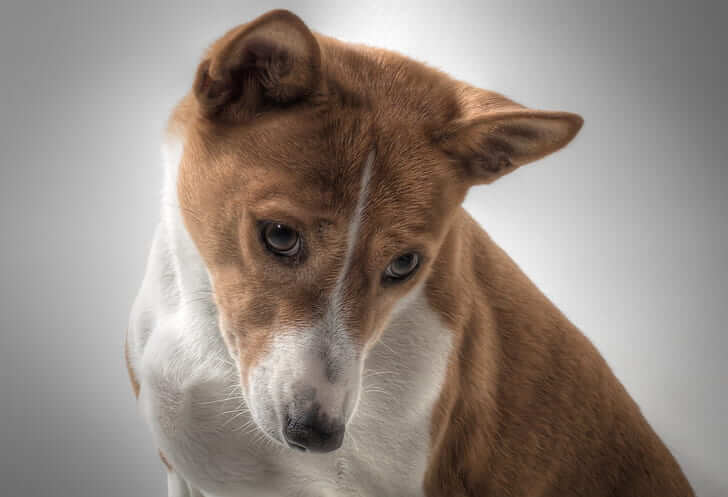
Signs of Overfeeding or Underfeeding
Weight Gain or Loss
If your dog is overfed, you may notice weight gain. This could lead to obesity-related health issues. Conversely, underfeeding can result in weight loss, which might indicate insufficient nutrition or underlying health problems. Regularly monitor your dog’s weight and adjust portions to maintain a healthy weight.
Changes in Energy Levels and Coat Condition
Overfeeding might cause lethargy or decreased activity levels due to excess weight. On the other hand, underfeeding can lead to low energy and a dull coat. Observing changes in your dog’s energy levels and coat condition can help you determine if their diet needs adjusting.
Adjusting Portions Based on Observations
How to Gradually Change Food Quantities
If you need to adjust food portions, make changes gradually. Start by altering the amount of food by about 10% of the total daily intake and observe your dog’s response over a week. This helps prevent digestive upset and allows your dog’s system to adapt to the new feeding amount.
When to Consult a Veterinarian for Advice
See a veterinarian if there are any noticeable changes in your dog’s weight, energy levels, or coat condition despite adjusting their food. A vet can provide personalized advice and help determine if underlying health issues affect your dog’s nutrition and overall wellbeing.
By carefully monitoring and adjusting your dog’s food portions based on its physical condition and behavior, you can guarantee that it gets suitable nutrition for its health and activity level.
FAQs on how much food for 60 lb dog
How Often Should I Feed My 60 lb Dog?
Recommended Feeding Frequency
It is typically recommended to feed a 60-lb dog twice a day. Dividing the food they consume daily into two meals helps manage hunger and maintains consistent daily energy levels. Ensure that the total daily food is divided evenly between these meals.
Can I Mix Different Types of Dog Food?
Benefits and Considerations
Mixing different types of dog food, such as dry kibble and wet food, can provide variety and additional nutrients. However, ensuring that the total calorie content remains appropriate for your dog’s weight is important. Be mindful of balanced nutrition and avoid overfeeding, as combining foods can inadvertently increase calorie intake.
How Do I Transition Between Different Foods?
Steps for a Smooth Transition
To transition between different foods, follow these steps to avoid digestive issues:
- Start Slowly: Mix 25% of the new food with 75% of the current food.
- Gradually Increase: Over 7 to 10 days, progressively increase the amount of fresh food while reducing the amount of old food. Keep An Eye on Your Dog: Look out for any indications of
- Monitor Your Dog: Look for any indications of digestive upset or changes in stool consistency. If problems persist, consult your veterinarian.
Conclusion
In summary, “How Much Food for a 60 lb Dog” involves understanding your dog’s needs based on age, activity level, and health conditions. Key steps include:
- Calculating caloric needs.
- Considering different types of dog food.
- Following brand-specific feeding guidelines.
Regular monitoring and adjustments are crucial to ensuring your dog remains healthy. Monitor its weight and overall wellbeing to make necessary changes to its diet and maintain its optimal health.
Keywords
How much food for 60 ib dog
How much food for a 60 ib dog
How much dog food for a 60 ib dog
How much homemade dog food for 60 ib dog
YOU MAY ALSO LIKE:
How Expensive is Farmer’s Dog Food
How Long is Canned Dog Food Good for After Opened
How Long Does a Bag of Dog Food Last
How Much Does Sundays Dog Food Cost
How to choose the best dog food for Huskies
How Much Does Cup of Dog Food Weigh
How to Treat Dog Food Poisoning at Home
How Much is Sunday’s Dog Food?
How Much is Ollie Dog Food in a Month?
How to Choose Dog Food
How Much Pumpkin to Add to Dog Food
How Much Does Farmers Dog Food Cost?
How Long Can Wet Dog Food Sit Out?
How to Soften Dog Food
How to Keep Dogs Out of Cat Food
How to Give Dog Pills Without Food
How to Get my Dog to Eat Dry Food
How to Keep Ants Out of Dog Food
How Much Does Dog Food Cost
How Long to Soak Dog Food
How Much Homemade Dog Food to Feed
How Much Wet Food to Feed a Dog
How to Transition Dog Food
How to Stop Food Aggression in Dogs Towards Other Dogs
How many cups of food should I feed my dog?
How to Stop Food Aggression in Dogs
How Many Cups in a Pound of Dog Food
How Long Does it Take a Dog to Digest Food
Why is My Dog Always Hungry
How Much Protein is in Dog Food?
How to Make Dog Food
how long to feed dog puppy food
What is The Cost to Make Homemade Dog Food?
How to Make Homemade Raw Dog Food
How to Make Homemade Dry Dog Food
How to Prepare Dog Food at Home for Senior Dogs
How to Train a Dog That is Not Food-Motivated
How Much Food Should I Feed
How To Store Dog Food
How Much Time Can a Dog Survive Without Consuming Water
How Long Can a Dog Survive Without Food?

